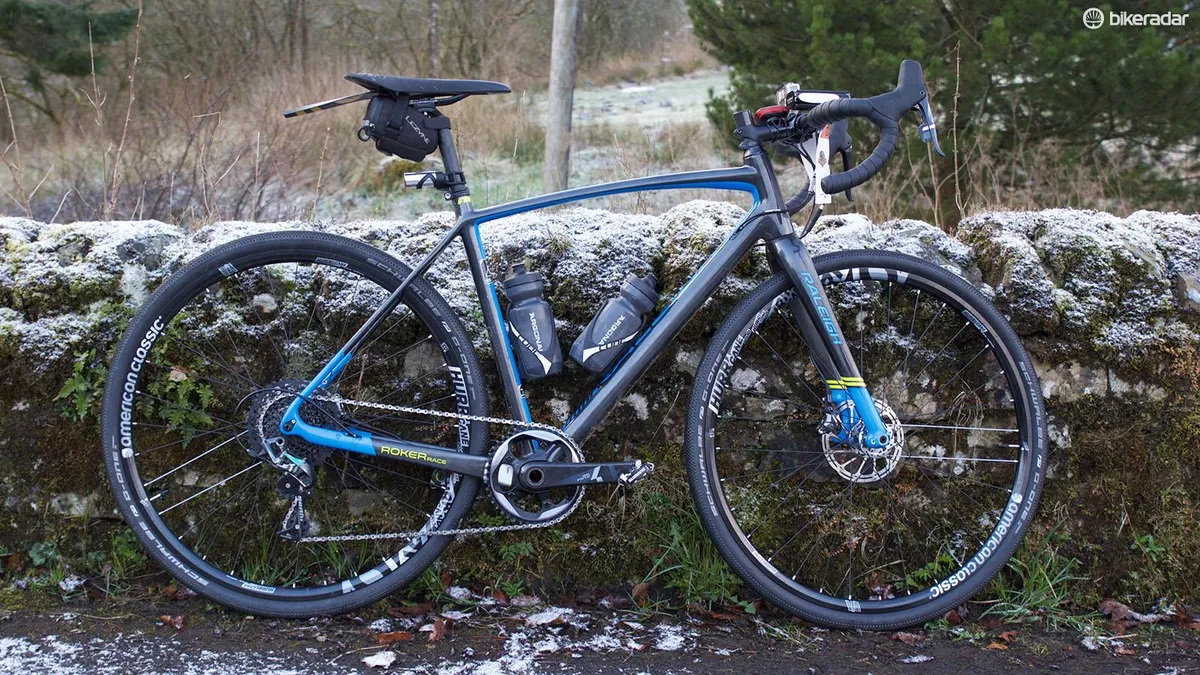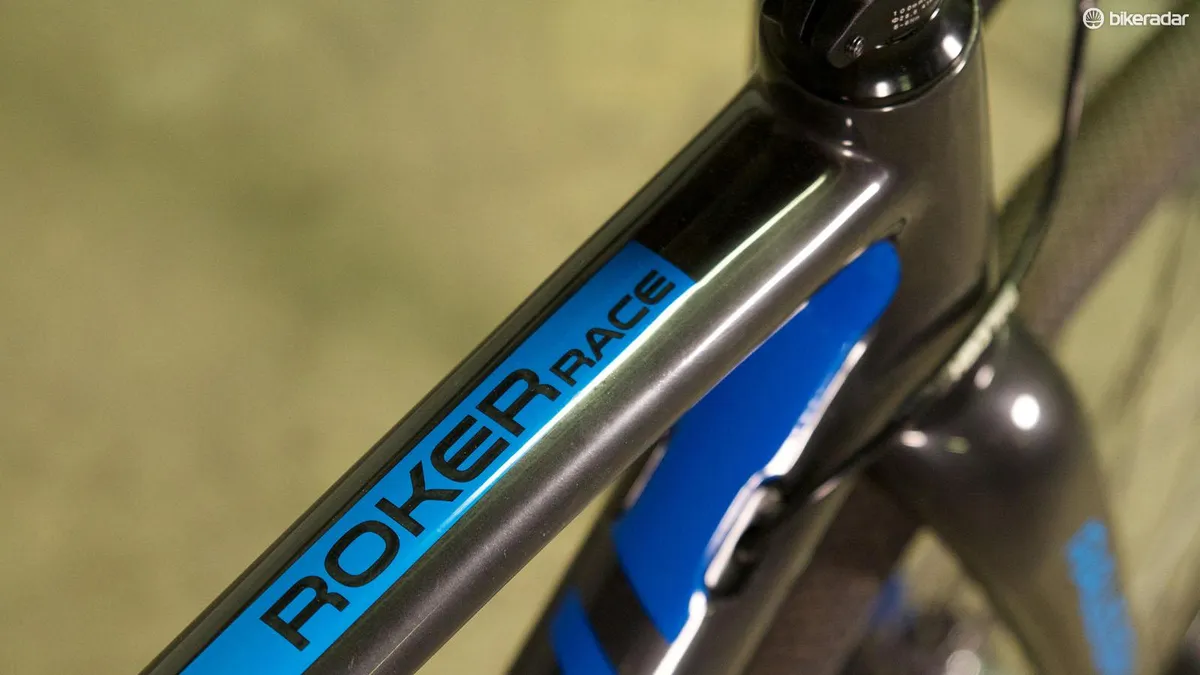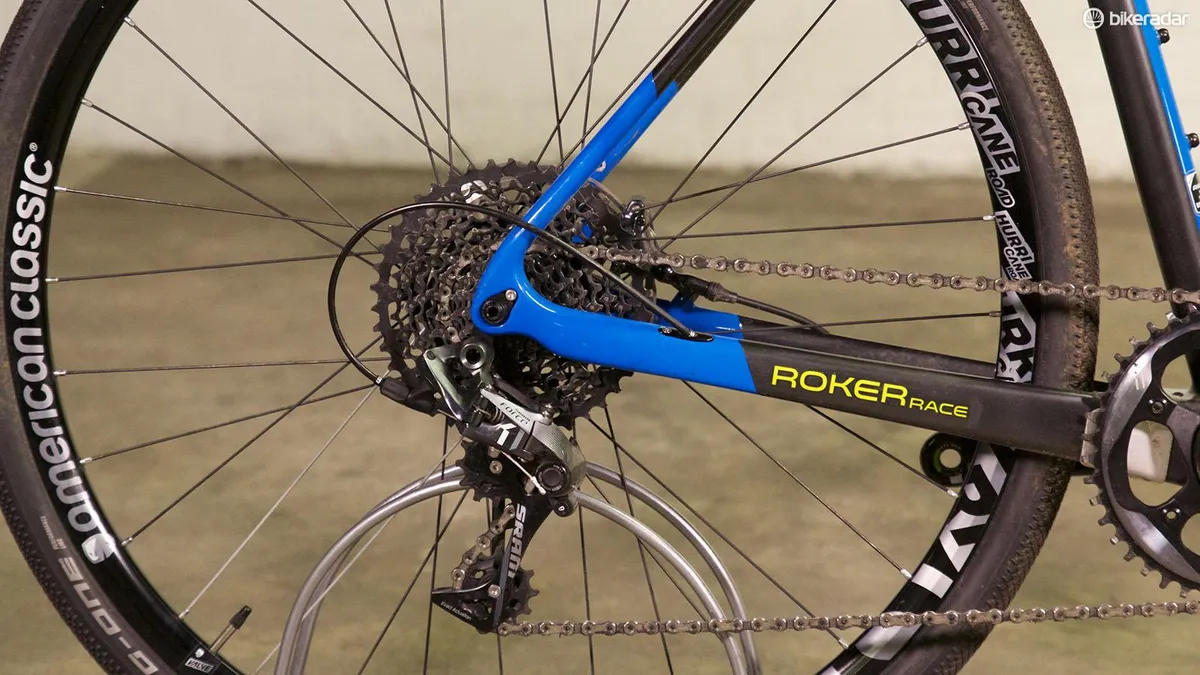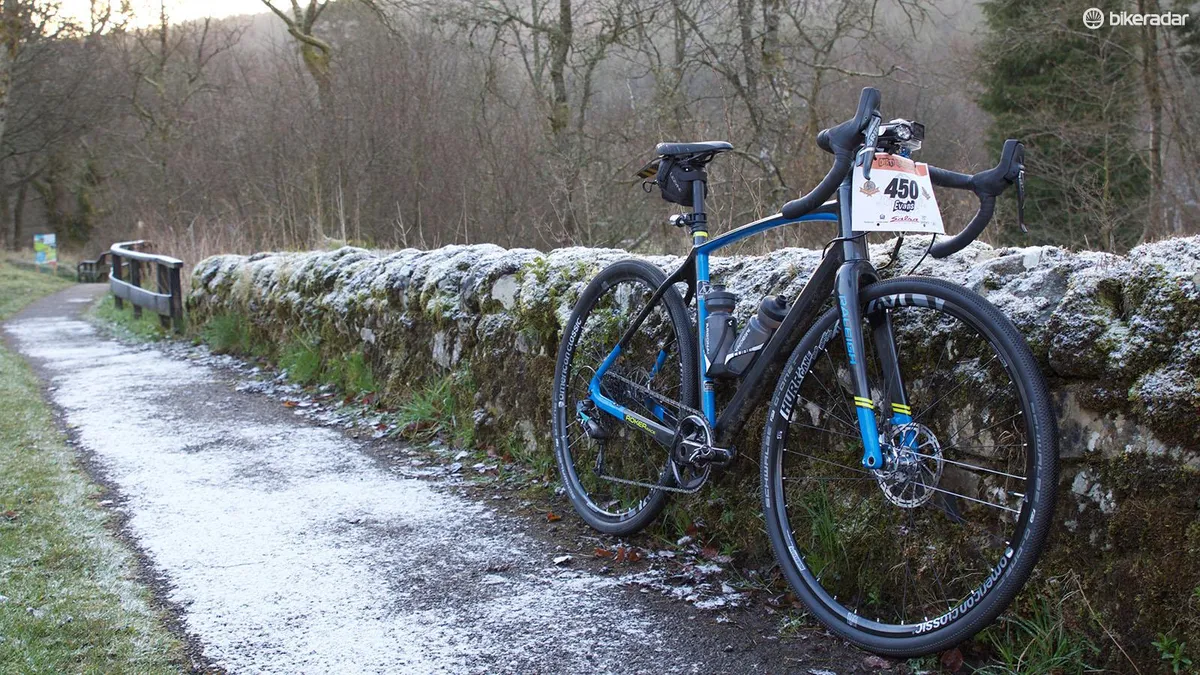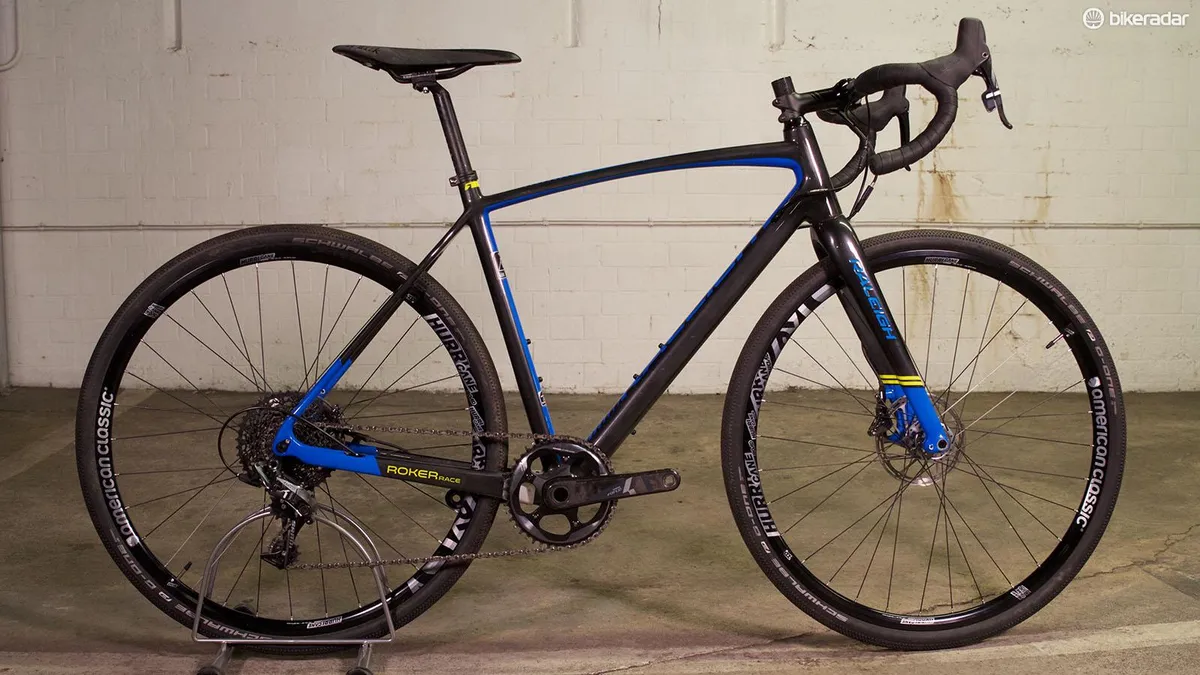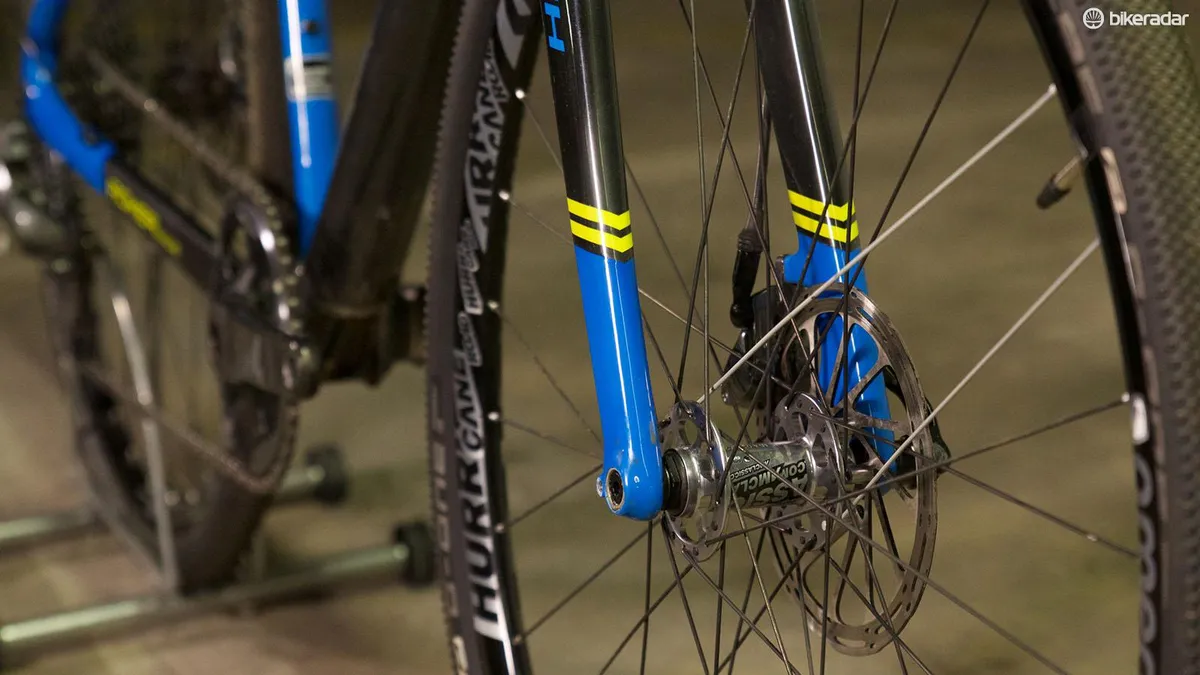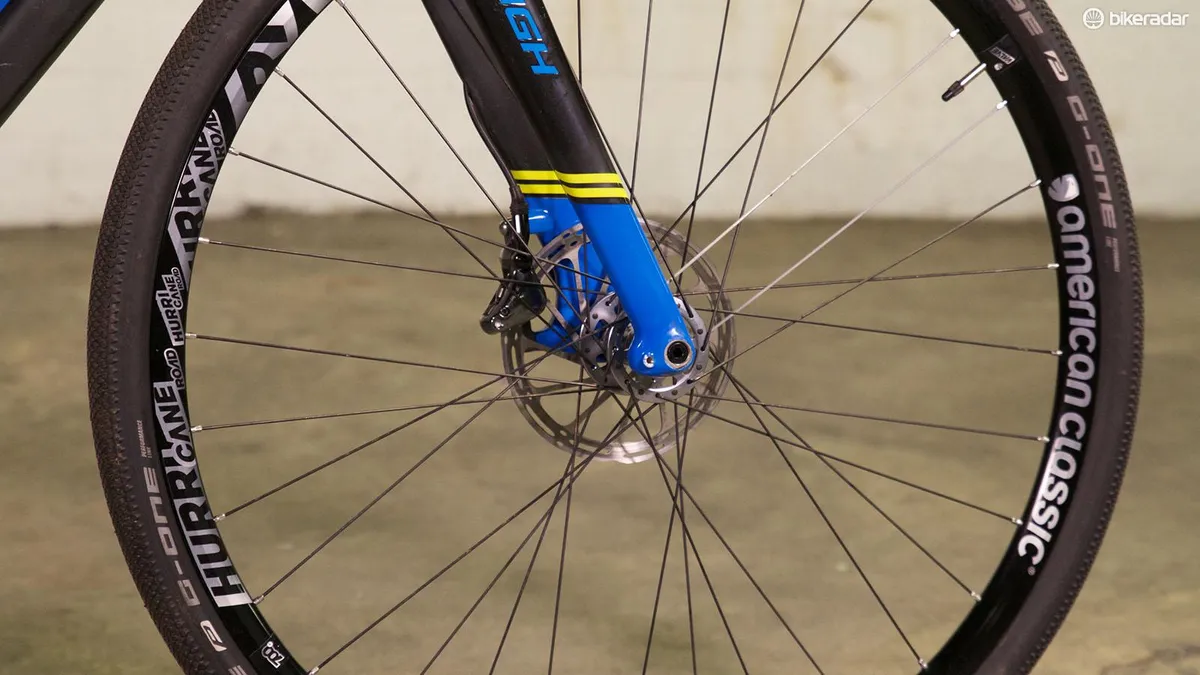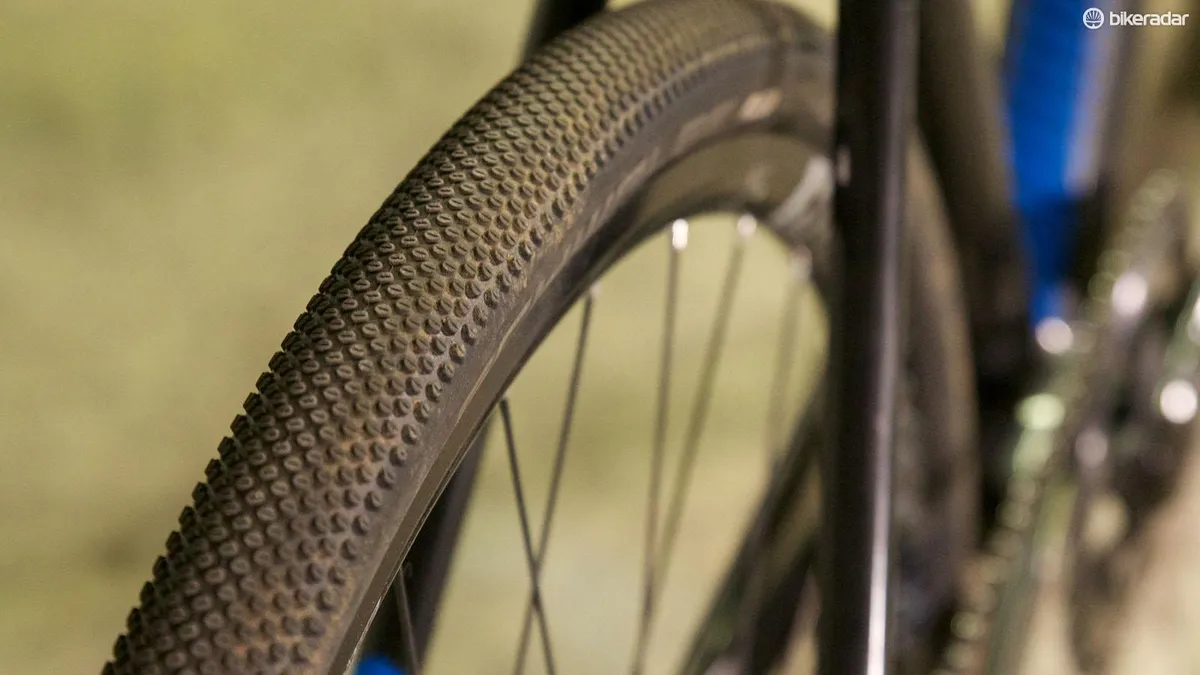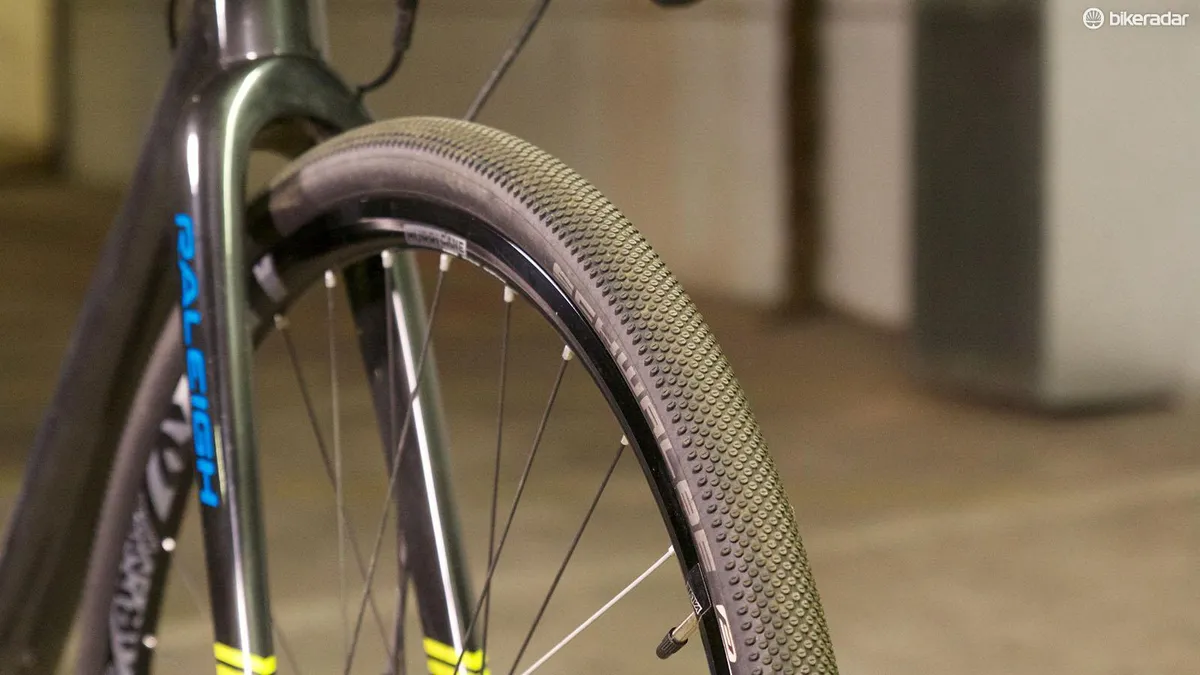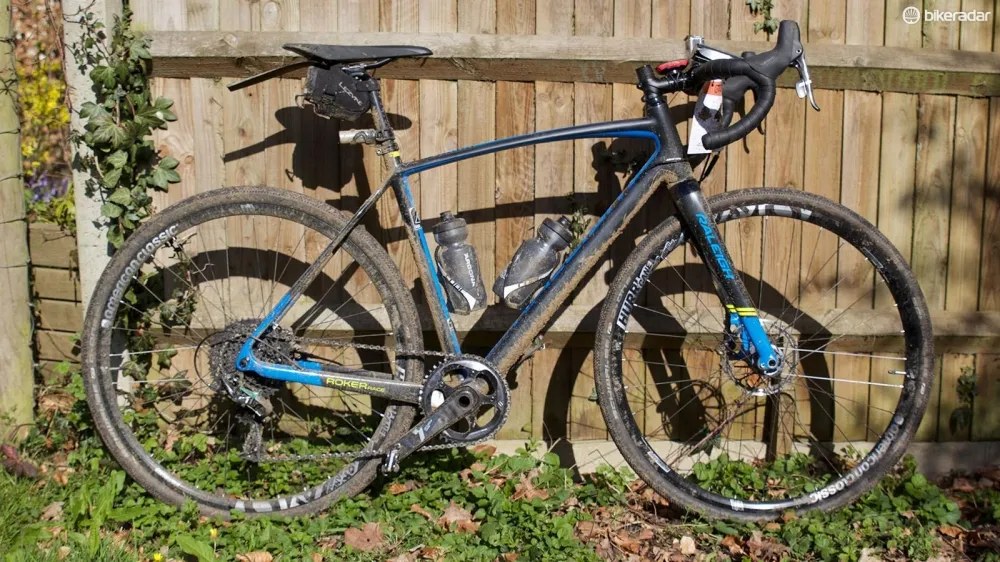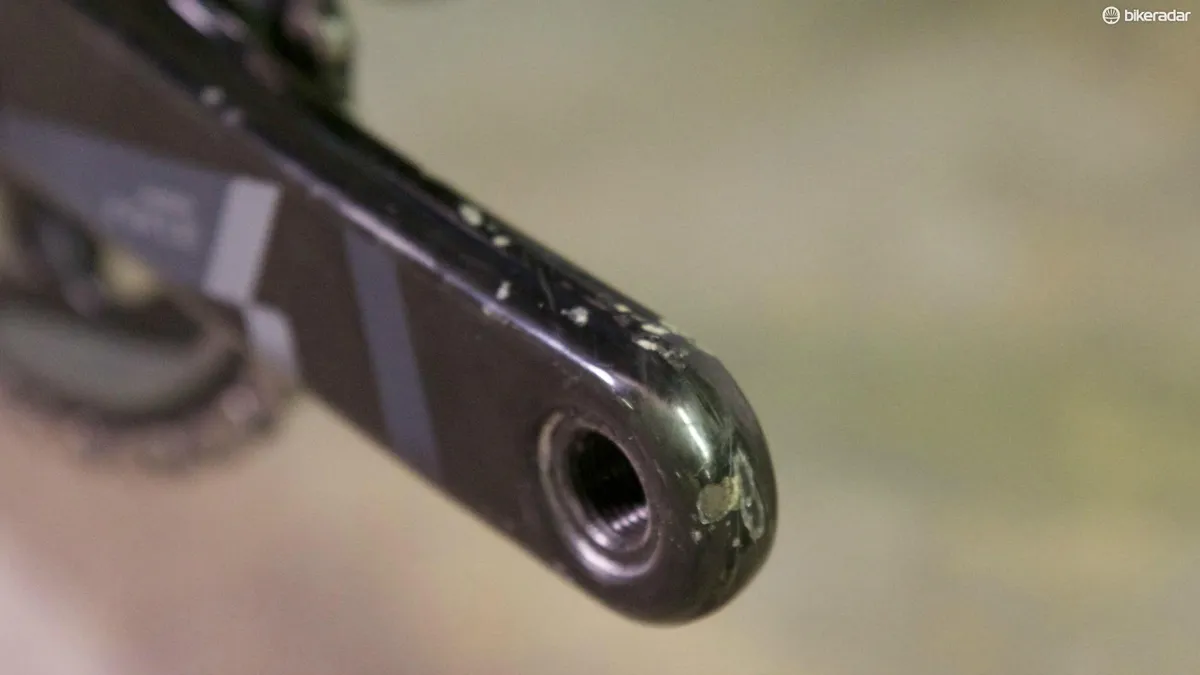Sitting down for a steak dinner and the third pint of beer the evening of the Dirty Reiver, my friend and I agreed that it was the hardest thing we’d ever done on a bike and vowed never to do it again. A few weeks down the line, and I’m already thinking about next year’s…
BikeRadar took raleigh's roker race gravel bike to the inaugural dirty reiver event
The inaugural Dirty Reiver was a 200km off-road cycling challenge based on the 'gravel grinder' format predominantly found in the American Midwest. This course, however traversed the English North East, taking place in Northumberland's Kielder National Park and passing through through (naturally) gravel, mud, rocks and rivers as well as ascending more than 3,300m during the day.
- The course: The Dirty Reiver, a 200km gravel grinder race in the English/Scottish borders. Almost exclusively off-road, along the logging tracks throughout Kielder National Park in North East England
- The equipment goal: Versatility for everything the Dirty Reiver threw at me. Wide enough and grippy tyres, stability and comfort on the rough stuff and hopefully some speed!
- The horse: A Raleigh Roker Race gravel bike, completely stock with SRAM Force 1x11 drivetrain, 10-42 cassette, hydraulic disc brakes and Schwalbe G1 35mm tyres
Of the 356 riders who started, 279 finished, in times ranging from just under eight hours to over 15. All in all, it was an incredibly tough event for all concerned. Given that it was my first-ever venture into off-road riding, I'm not ashamed to admit that I found it a particularly savage experience.
Going off-piste
For this debut foray away from the pleasures of smooth tarmac, I chose the gravel-specific Raleigh Roker Race, which was left completely as standard from the manufacturer. The only additions made were a small Lezyne saddlebag carrying some spare tubes, a couple of bottle cages and my trusty Garmin 500 (which is so old that the batteries died after 142km).
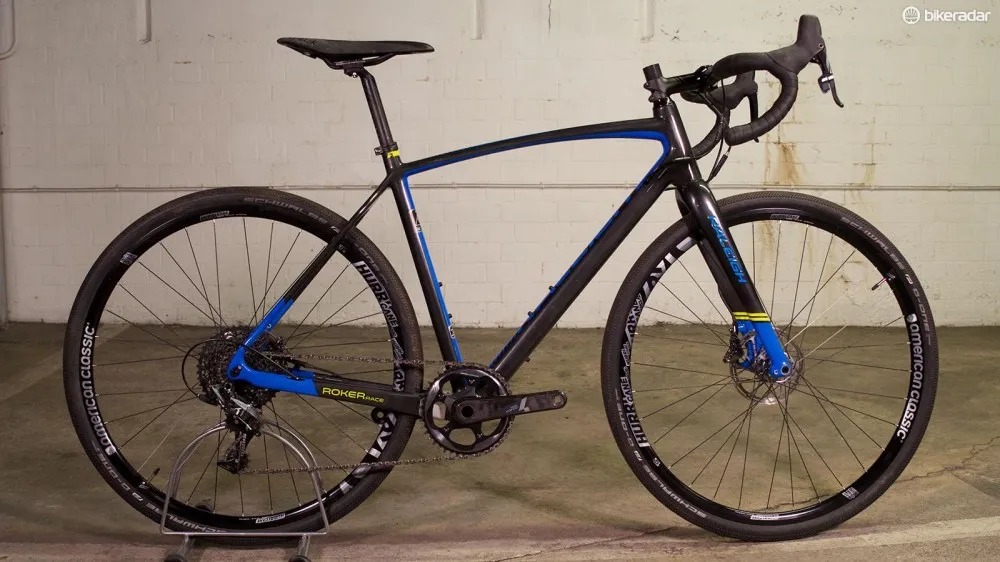
The Roker's head angle is a slack 71 degrees and its bottom bracket is low, helping keep things stable
The Roker Race, which features SRAM Force 1x11 gearing, a 10-42 cassette and hydraulic disc brakes, has been designed with precisely these kinds of events in mind. With that, I'm pleased to report that the bike performed exceptionally well in general (the rider, maybe less so…).
Tipping the scales at just 8.1kg complete, the Roker Race combines the best of the functionality, low weight and responsiveness needed for gravel events.
The slack 71-degree head tube and low bottom bracket resulted in good stability on the loosest of surfaces, even at speeds in excess of 60kmh. For me, this was my favourite characteristic of the bike and with the Dirty Reiver having its fair share of uphills, there was also plenty of descending to enjoy. It was during these descents that the Roker truly came into its own.
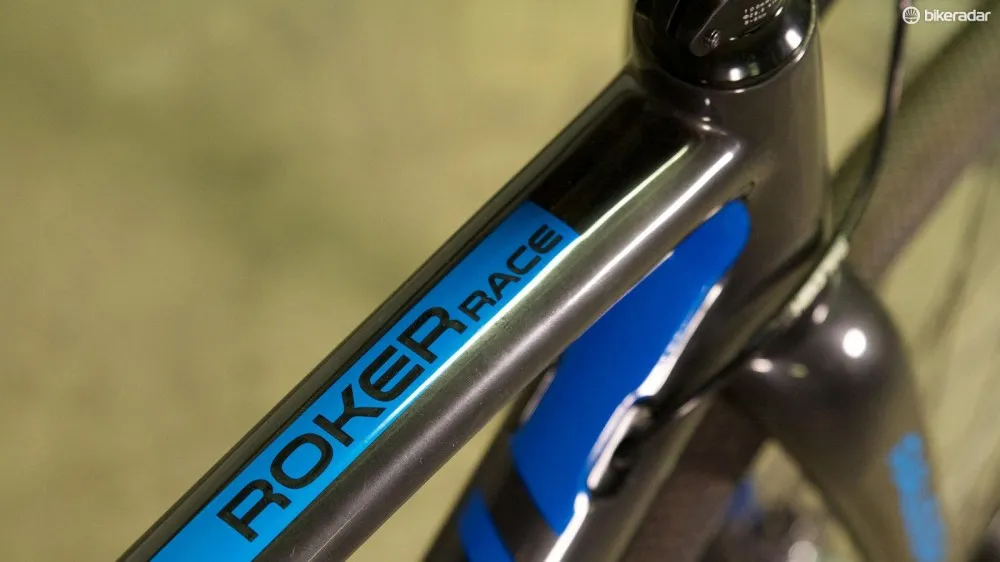
The Roker Race weighs in at an impressive 8.1kg
The bike comes stock with American Classic’s Hurricane wheelset, thru axles and 35mm Schwalbe G1 tyres (the latter in particular proved a spec highlight and performed superbly). This combination resulted in relative comfort combined with superb traction, stopping ability and – mercifully – zero punctures.
A little too much pressure
Towards the end of the event, perhaps inevitably, contact points on my body were beginning to ache. This left me thinking that the tyres, which I'd inflated to 45psi, could have probably have handled 10-20% less pressure for a little added comfort.
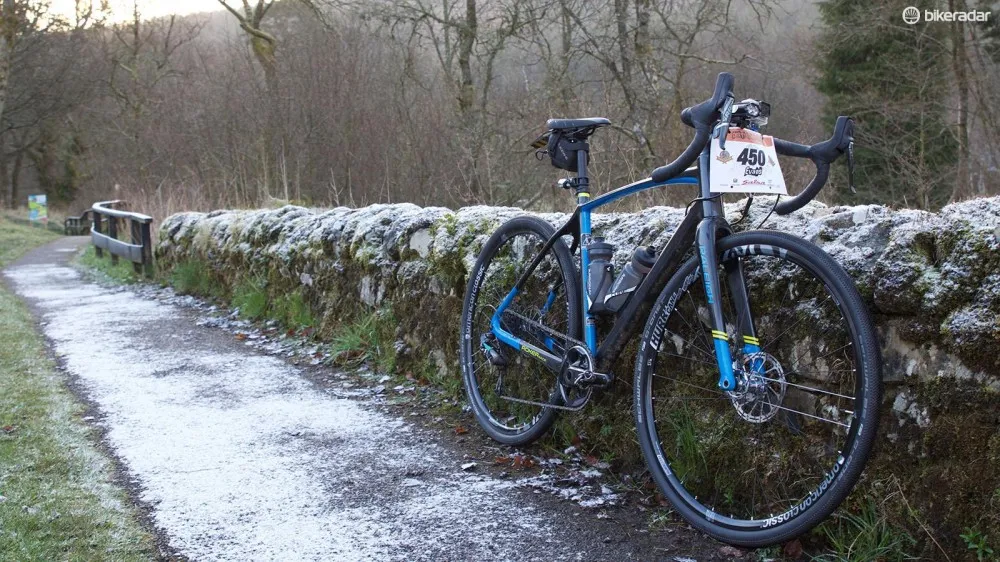
Conditions were a little colder than we'd bargained for
For a died-in-the-wool roadie like myself, the 1x11 gearing and 10-42 cassette seemed very clunky when encountering shorter and sharper ascents. But as a package, the simplicity of 1x11 is a perfect setup for this type of bike and event.
That said, I think I'd have found a smaller-ranged cassette even more suitable as the ratios, up to six teeth, are yawningly wide in the lower gear ranges. Further to this, I never longed for any bigger gears when descending and rarely found myself using the lowest gears – the 44t chainring provided the necessary versatility. So with a slightly smaller cassette, we might have hit the sweet spot.

SRAM's 1x11 Force feels clunky and gappy if you're a roadie, but its sturdy simplicity is ideal for gravel racing
To hit that 8.1kg total, weight-saving measures have been considered throughout the Roker and the SRAM Force carbon crankset contributes to this. However, the Dirty Reiver ensured that this shiny new bit of carbon componentry was sadly scratched and chipped by the end of the day.
Although this probably won't have been helped by my off-road novice status. If you're riding terrain where plenty of stones are being flicked up by the wheels, these cranks definitely won’t be staying immaculate for long.
Not feeling in the best shape of my life, I completed the opening 100km of the race in approximately four hours (good) and the final 100km in eight long hours (bad). The second half of the Reiver truly was a slog, though the Roker continued to perform admirably.
If a sportive or your club runs no longer push you to the limit I would definitely recommend the Dirty Reiver to anyone looking for a real challenge. I’ll probably see you there.
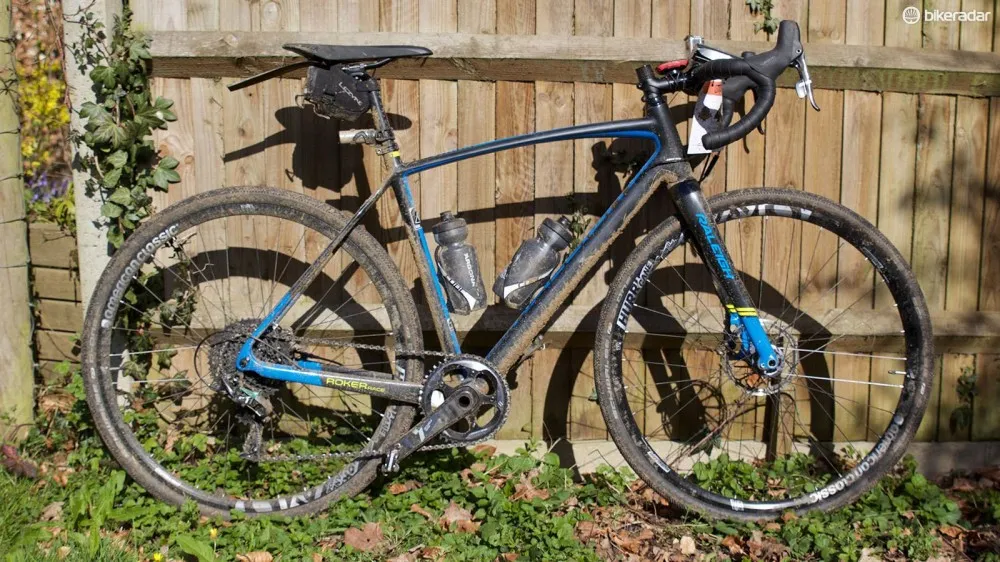
The Roker, post-hostilities
